Have you ever wondered about the ancient wisdom that has shaped the spiritual landscape of India for millennia? 🕉️ Enter Sanatan Dharma, a profound philosophical and spiritual tradition that continues to influence millions of lives around the world. But what exactly is Sanatan Dharma, and why does it hold such significance in today’s fast-paced, modern world?
In a time where many seek deeper meaning and connection, Sanatan Dharma offers a timeless approach to understanding life, the universe, and our place within it. This ancient way of living isn’t just a religion; it’s a comprehensive way of life that addresses the fundamental questions of human existence. From its core concepts to its practical applications, Sanatan Dharma provides a rich tapestry of wisdom that can guide us through the complexities of the 21st century.
Join us as we embark on a journey to unravel the mysteries of Sanatan Dharma. We’ll explore its fundamental principles, delve into sacred texts, examine philosophical schools of thought, and discover how its practices and rituals continue to be relevant in our modern lives. Whether you’re a curious newcomer or a long-time practitioner, this exploration will offer fresh insights into one of the world’s oldest living traditions.
Understanding Sanatan Dharma
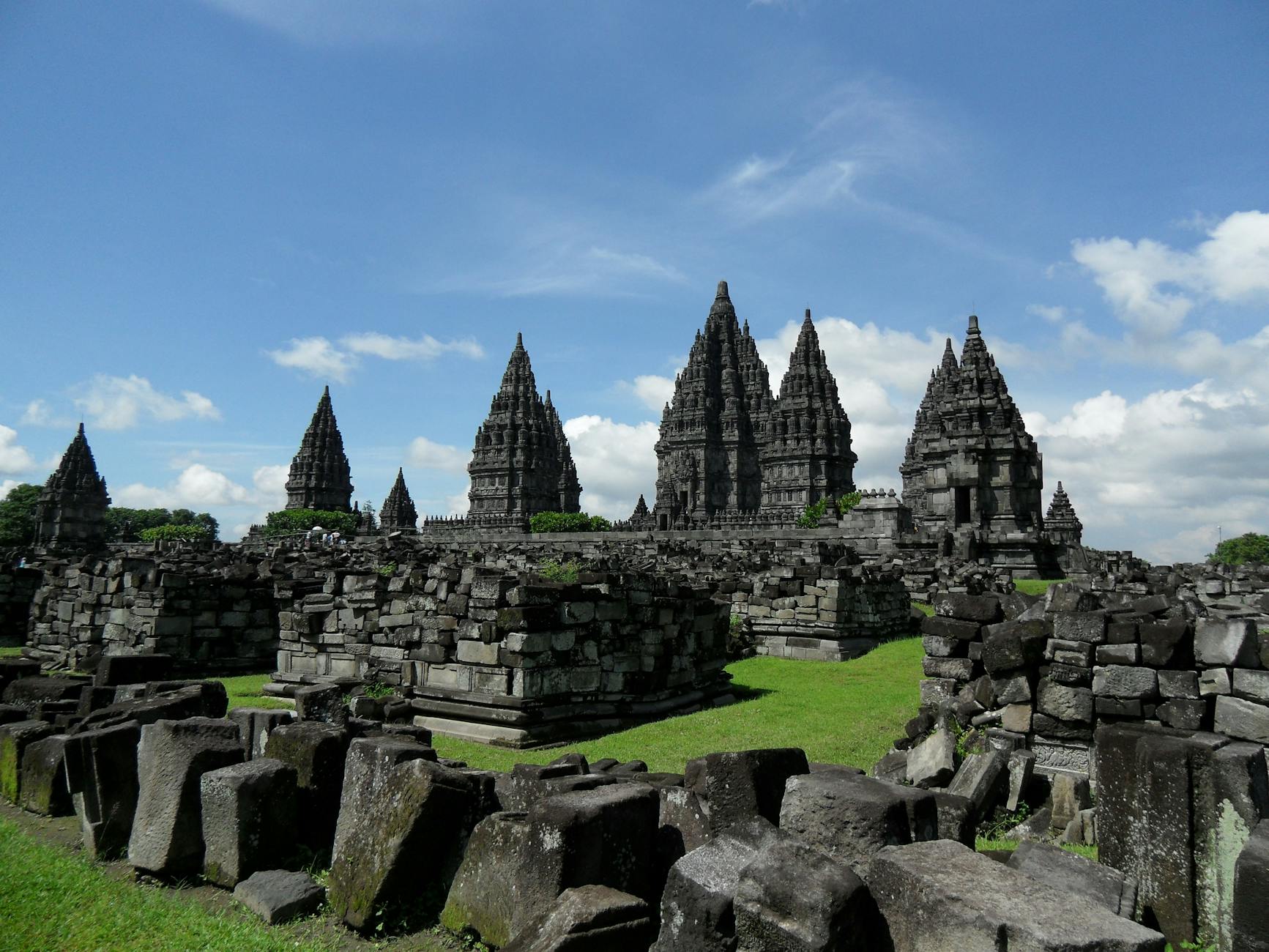
A. Definition and meaning
Sanatan Dharma, often referred to as the “eternal way” or “eternal law,” is a comprehensive spiritual and philosophical system that forms the foundation of Hindu traditions. It encompasses a set of timeless principles and practices that guide individuals towards ultimate truth and self-realization.
B. Historical origins
The roots of Sanatan Dharma can be traced back to the ancient Vedic civilization, which flourished in the Indian subcontinent over 5,000 years ago. This rich tradition has evolved over millennia, incorporating various philosophical schools and spiritual practices.
C. Core principles and beliefs
Sanatan Dharma is built upon several fundamental concepts:
- Brahman: The ultimate reality and source of all existence
- Atman: The individual soul or self
- Karma: The law of cause and effect
- Dharma: Righteous living and cosmic order
- Moksha: Liberation from the cycle of birth and death
These principles are interconnected and form the basis of Sanatan Dharma’s holistic approach to life and spirituality.
D. Distinction from Hinduism
While Sanatan Dharma and Hinduism are often used interchangeably, there are subtle differences:
| Sanatan Dharma | Hinduism |
|---|---|
| Eternal, universal principles | Geographical and cultural term |
| Emphasis on spiritual truth | Includes social and cultural practices |
| Encompasses all paths to truth | Often associated with specific deities |
| Focuses on individual realization | Includes organized religious institutions |
Sanatan Dharma is considered the philosophical foundation upon which Hinduism, as a religion and way of life, is built. It offers a broader, more inclusive perspective on spiritual truths that transcend cultural and geographical boundaries.
What is Sanatan Dharma
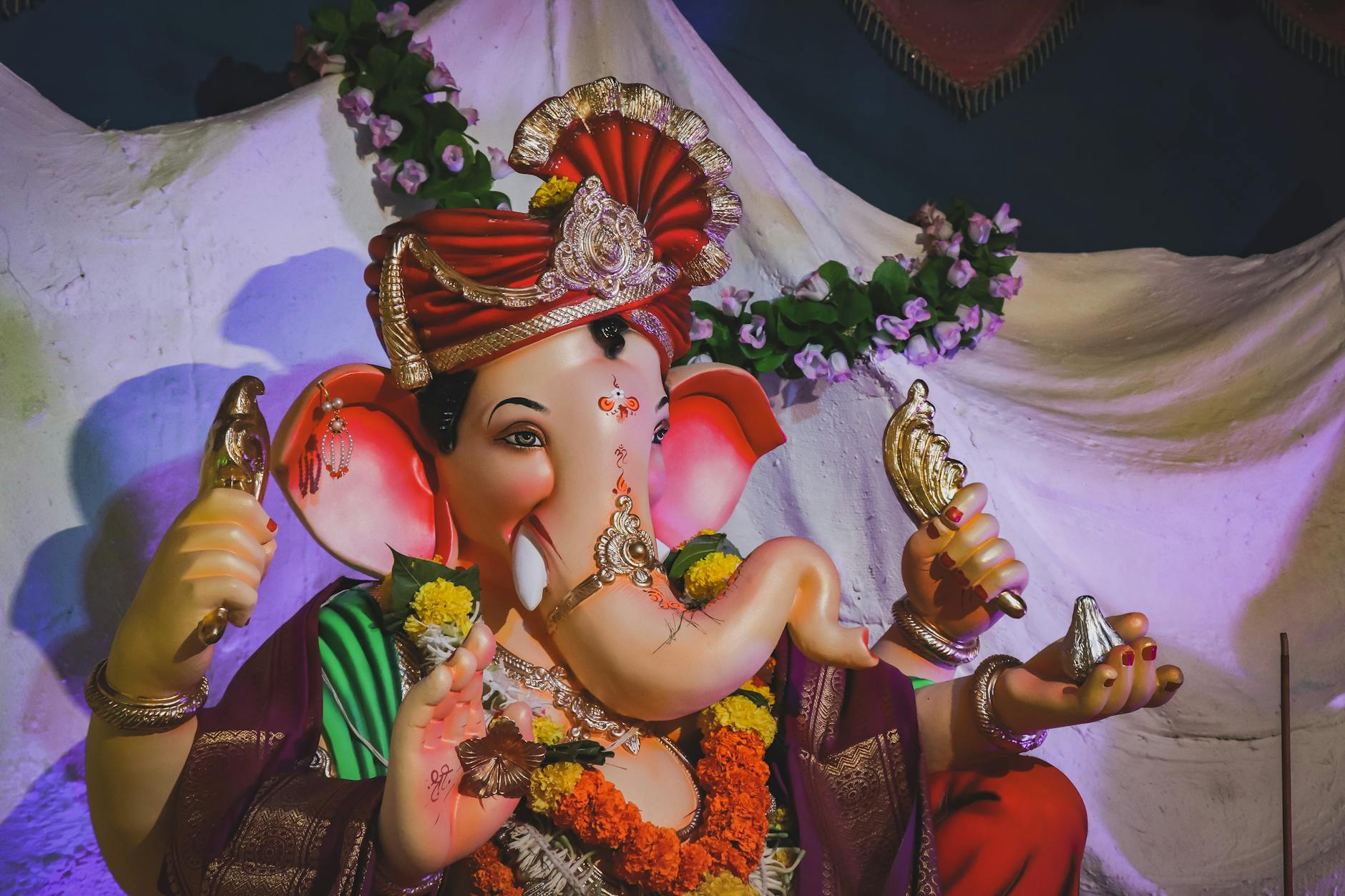
Sanatan Dharma, often referred to as Hinduism, is an ancient and eternal way of life originating in India. It encompasses a diverse set of beliefs, practices, and philosophical traditions that emphasize the pursuit of spiritual truth, moral living, and harmony with nature. Sanatan Dharma is not a single, unified religion but rather a collective term for various spiritual paths that share common core principles and sacred texts.
Key Concepts in Sanatan Dharma
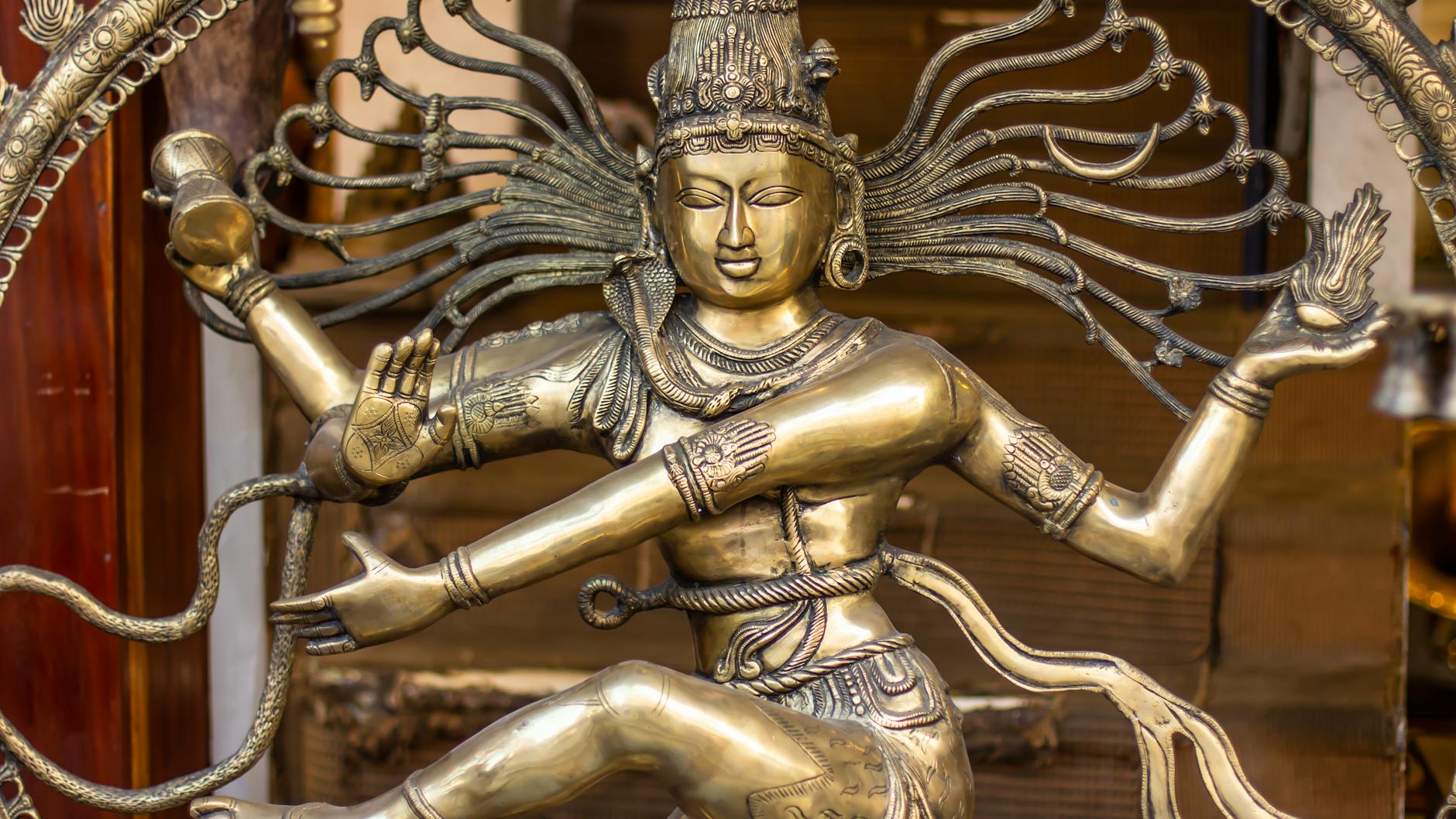
Dharma: The eternal law
Dharma, often described as the eternal law or cosmic order, forms the foundation of Sanatan Dharma. It encompasses moral, ethical, and spiritual principles that govern the universe and guide individual conduct. Dharma is not merely a set of rules but a way of life that promotes harmony and balance.
| Aspect of Dharma | Description |
|---|---|
| Universal Order | Governs the cosmos and natural laws |
| Individual Duty | Personal responsibilities based on one’s role in society |
| Moral Code | Ethical principles for righteous living |
| Spiritual Path | Guidelines for spiritual growth and self-realization |
Karma: Action and its consequences
Karma, a central concept in Sanatan Dharma, refers to the law of cause and effect. It teaches that every action, thought, and intention has consequences that shape our present and future experiences.
Key aspects of Karma:
- Accumulated karma from past lives influences current circumstances
- Present actions determine future outcomes
- Karma is not punishment but a natural law of balance
- Understanding karma promotes mindful living and personal responsibility
Samsara: The cycle of rebirth
Samsara describes the continuous cycle of birth, death, and rebirth. This concept is closely linked to karma, as the accumulated actions and their consequences determine the nature of future incarnations.
Moksha: Liberation from the cycle
Moksha represents the ultimate goal in Sanatan Dharma – liberation from the cycle of samsara. It is a state of spiritual enlightenment where the individual soul (atman) realizes its true nature and unity with the supreme reality (Brahman).
Now that we have explored these fundamental concepts, let’s delve into the sacred texts and scriptures that expound upon these principles in greater detail.
Sacred Texts and Scriptures
The Vedas
The Vedas are the oldest and most revered texts in Sanatan Dharma. They are considered apaurusheya, meaning “not of human origin,” and are believed to be eternal truths revealed to ancient sages. The Vedas consist of four main collections:
- Rigveda: Hymns and mantras
- Yajurveda: Rituals and sacrifices
- Samaveda: Melodies and chants
- Atharvaveda: Spells and incantations
| Veda | Primary Focus | Key Aspects |
|---|---|---|
| Rigveda | Hymns | Oldest, most important |
| Yajurveda | Rituals | Sacrificial formulas |
| Samaveda | Melodies | Musical arrangements |
| Atharvaveda | Spells | Practical life guidance |
Upanishads
The Upanishads are philosophical texts that form the concluding portion of the Vedas. They explore profound spiritual concepts and are essential for understanding Hindu philosophy. Key teachings include:
- Brahman: The ultimate reality
- Atman: The individual soul
- Karma: The law of cause and effect
- Moksha: Liberation from the cycle of rebirth
Bhagavad Gita
The Bhagavad Gita, or “Song of the Lord,” is a 700-verse scripture that is part of the epic Mahabharata. It presents a dialogue between Prince Arjuna and Lord Krishna, covering various aspects of life, duty, and spirituality. The Gita’s teachings include:
- Dharma: Righteous living
- Yoga: Paths to spiritual realization
- Karma Yoga: Selfless action
- Bhakti Yoga: Devotional service
Puranas and Epics
The Puranas and Epics complement the Vedic literature, offering stories, legends, and moral teachings. These texts include:
- Ramayana: The story of Lord Rama
- Mahabharata: The great epic of ancient India
- 18 Major Puranas: Mythological accounts and genealogies
These sacred texts form the foundation of Sanatan Dharma, providing spiritual guidance and philosophical insights that continue to inspire millions of followers worldwide.
Philosophical Schools of Thought
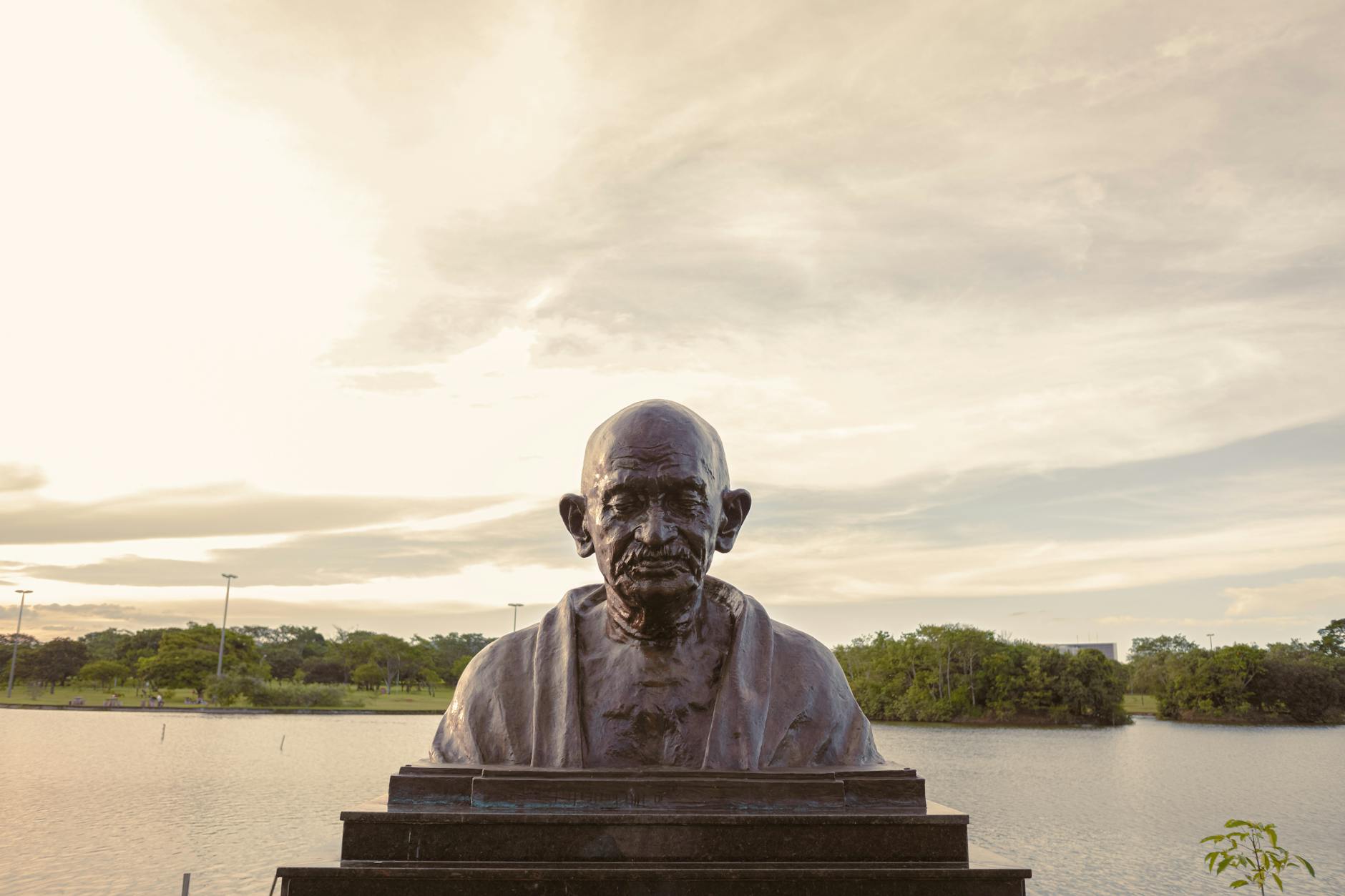
Advaita Vedanta
Advaita Vedanta, one of the most influential schools of Hindu philosophy, proposes the concept of non-dualism. This philosophy asserts that the individual self (Atman) is identical to the ultimate reality (Brahman).
Key principles of Advaita Vedanta:
- Brahman is the only reality
- The world is an illusion (Maya)
- Individual consciousness is not separate from Brahman
Dvaita
In contrast to Advaita, Dvaita philosophy advocates for dualism. This school of thought, founded by Madhvacharya, emphasizes the fundamental difference between the individual soul and the Supreme Being.
Main tenets of Dvaita:
- God and the individual soul are eternally separate
- The material world is real, not an illusion
- Liberation is achieved through devotion to Vishnu
Vishishtadvaita
Vishishtadvaita, propounded by Ramanuja, offers a middle ground between Advaita and Dvaita. This philosophy is often described as qualified non-dualism.
Core concepts of Vishishtadvaita:
- The ultimate reality consists of three entities: God, individual souls, and matter
- Individual souls are part of God but maintain their distinct identity
- Liberation is attained through loving devotion to God
| Philosophy | View of Reality | Relationship between Soul and God | Path to Liberation |
|---|---|---|---|
| Advaita Vedanta | Non-dualism | Identity | Knowledge (Jnana) |
| Dvaita | Dualism | Difference | Devotion (Bhakti) |
| Vishishtadvaita | Qualified Non-dualism | Part-whole | Devotion and Surrender |
These philosophical schools, while differing in their interpretations, all stem from the rich tapestry of Sanatan Dharma. They offer diverse perspectives on the nature of reality, the self, and the divine, allowing followers to choose a path that resonates with their understanding and spiritual inclinations.
Practices and Rituals

Worship and devotion (Bhakti)
Bhakti, or devotional worship, is a central practice in Sanatan Dharma. It involves expressing love and devotion to a chosen deity through various means:
- Puja (ritual worship)
- Kirtan (devotional singing)
- Japa (repetition of mantras)
- Seva (selfless service)
Devotees often create home altars and perform daily rituals to maintain a connection with the divine.
Meditation and yoga
Meditation and yoga are integral to Sanatan Dharma, offering paths to self-realization and union with the divine:
| Practice | Purpose | Techniques |
|---|---|---|
| Meditation | Calming the mind, self-inquiry | Mindfulness, Transcendental Meditation |
| Yoga | Physical and spiritual well-being | Hatha, Raja, Karma, Jnana |
These practices help practitioners cultivate inner peace, clarity, and spiritual growth.
Festivals and celebrations
Sanatan Dharma is rich with colorful festivals that mark important mythological events and seasonal changes:
- Diwali (Festival of Lights)
- Holi (Festival of Colors)
- Navaratri (Nine Nights)
- Janmashtami (Krishna’s birthday)
These celebrations strengthen community bonds and reinforce cultural values.
Rites of passage
Sanatan Dharma recognizes significant life events through various rites of passage, known as Samskaras:
- Naming ceremony (Namakarana)
- Sacred thread ceremony (Upanayana)
- Marriage (Vivaha)
- Funeral rites (Antyesti)
These rituals mark important transitions in life and ensure the fulfillment of one’s dharma or duty.
With an understanding of these practices and rituals, we can now explore the relevance of Sanatan Dharma in modern times.
Relevance in Modern Times
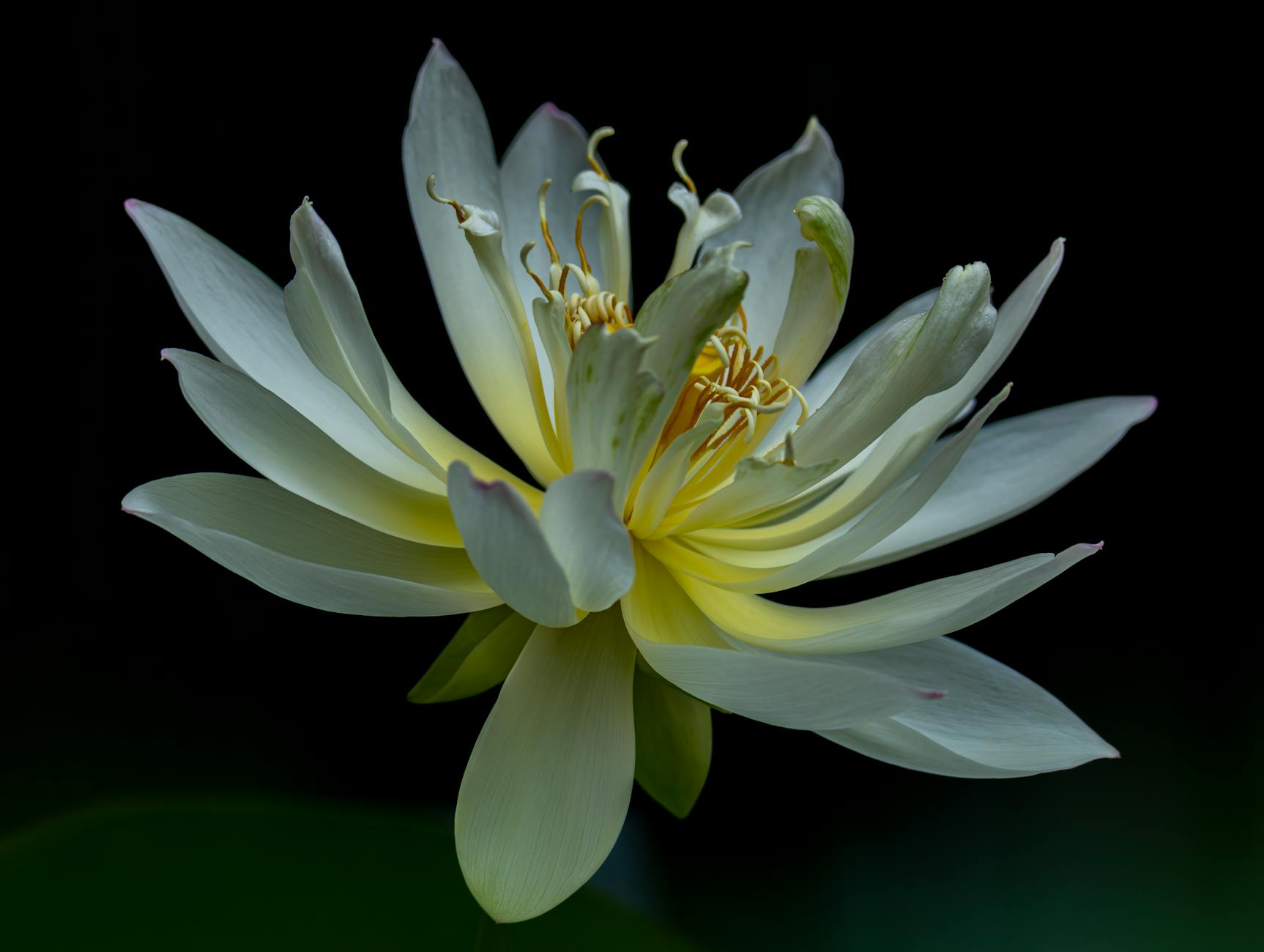
Adaptability and flexibility
Sanatan Dharma’s enduring relevance in modern times lies in its remarkable adaptability and flexibility. Unlike rigid belief systems, it embraces change while maintaining its core principles. This adaptability allows practitioners to integrate ancient wisdom with contemporary life, making it highly relevant in today’s fast-paced world.
| Aspect | Traditional Approach | Modern Adaptation |
|---|---|---|
| Worship | Temple-based rituals | Home altars, digital pujas |
| Learning | Guru-disciple system | Online courses, apps |
| Meditation | Formal practices | Mindfulness techniques |
| Yoga | Spiritual discipline | Holistic wellness practice |
Universal principles for ethical living
The universal principles of Sanatan Dharma provide a robust framework for ethical living in the modern era. These timeless teachings offer guidance on:
- Dharma (righteous living)
- Karma (action and consequence)
- Ahimsa (non-violence)
- Satya (truthfulness)
These principles resonate with contemporary values such as social responsibility, environmental stewardship, and personal integrity, making Sanatan Dharma a valuable resource for navigating complex moral dilemmas.
Influence on global spirituality
Sanatan Dharma’s influence on global spirituality is profound and far-reaching. Its concepts have permeated various aspects of modern life:
- Yoga and meditation practices have gained worldwide popularity
- Ayurvedic principles are incorporated into holistic health approaches
- Vedantic philosophy influences personal development and self-help literature
- Hindu concepts of karma and reincarnation have entered mainstream discourse
Challenges and misconceptions
Despite its relevance, Sanatan Dharma faces challenges and misconceptions in the modern world. Common issues include:
- Misinterpretation of complex philosophies
- Stereotyping and cultural appropriation
- Balancing tradition with modernity
- Addressing social issues within the community
Addressing these challenges is crucial for preserving the essence of Sanatan Dharma while ensuring its continued relevance in an ever-changing world.
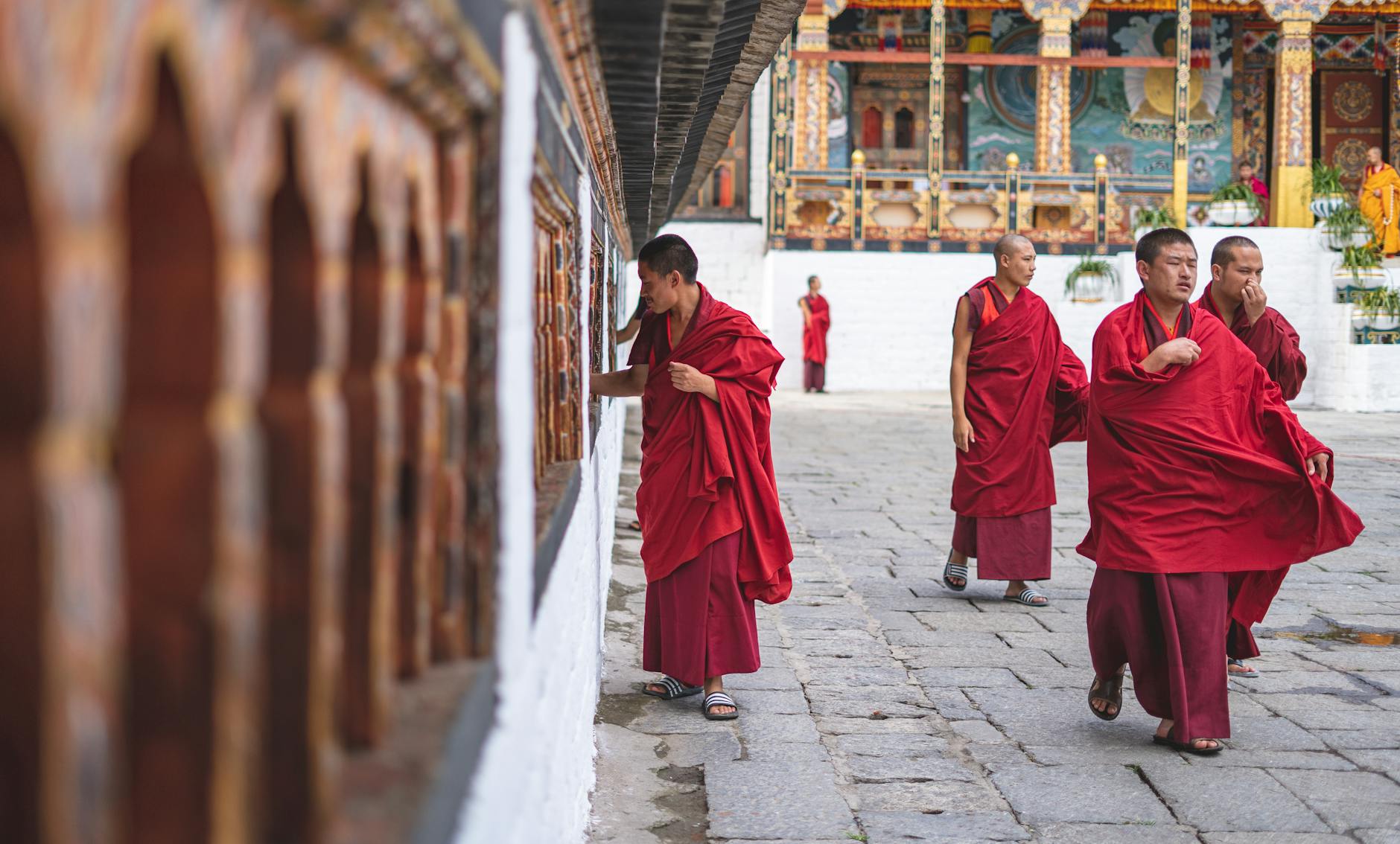
Sanatan Dharma, with its rich tapestry of beliefs, practices, and philosophical insights, offers a profound perspective on life and existence. From its core concepts of karma and reincarnation to its diverse schools of thought and sacred texts, this ancient way of life continues to guide millions on their spiritual journey. The timeless wisdom found in scriptures like the Vedas and Upanishads provides a framework for understanding the self, the universe, and the divine.
As we navigate the complexities of the modern world, the principles of Sanatan Dharma remain relevant and applicable. Its emphasis on inner growth, harmony with nature, and the pursuit of ultimate truth can offer valuable insights for addressing contemporary challenges. By exploring and embracing the teachings of Sanatan Dharma, individuals can find a path to personal fulfillment and contribute to the creation of a more balanced and compassionate society.
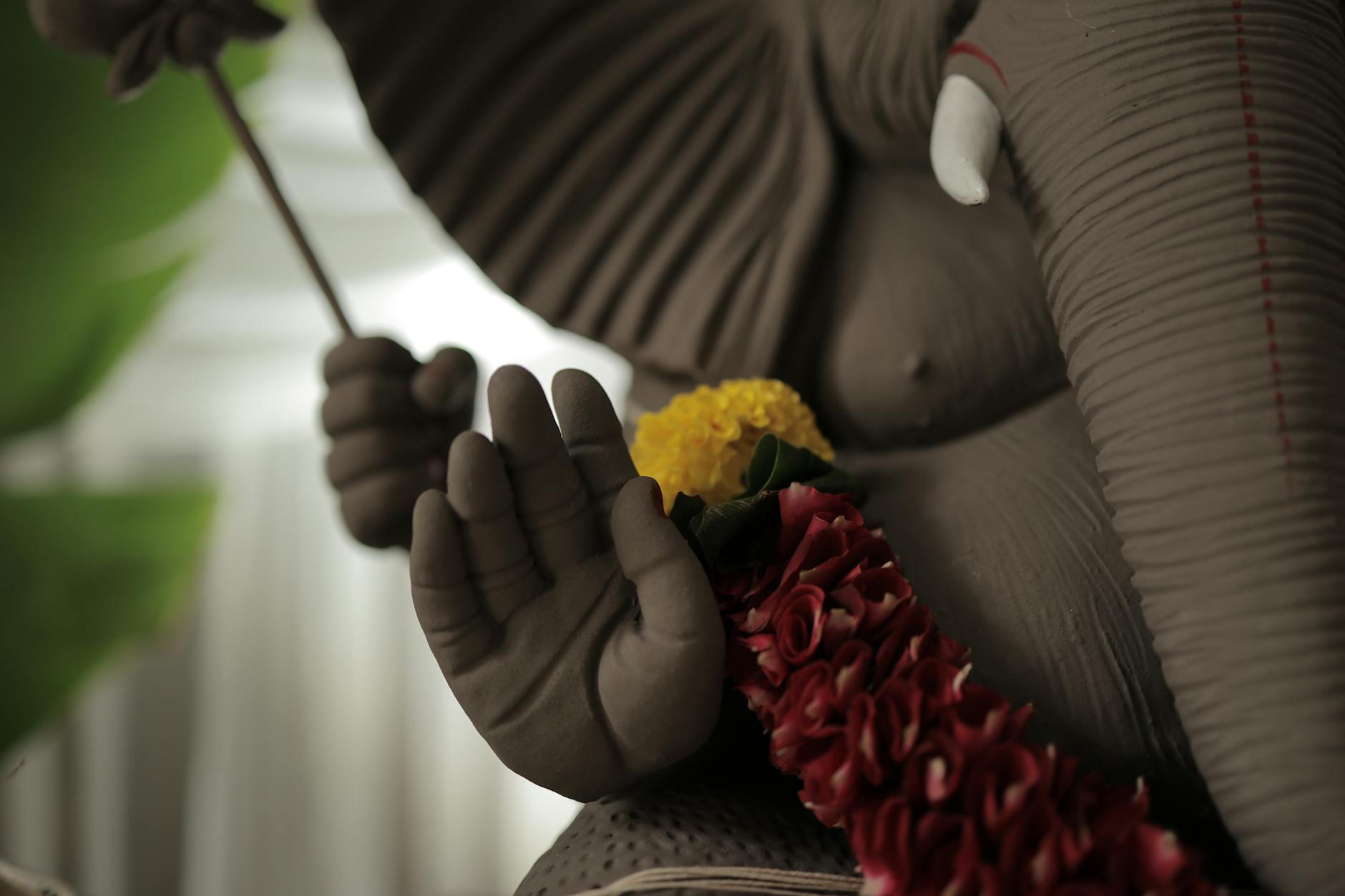

Attractive section of content I just stumbled upon your blog and in accession capital to assert that I get actually enjoyed account your blog posts Anyway I will be subscribing to your augment and even I achievement you access consistently fastHABANERO88
Pingback: Makar Sankranti: What is it and Why Do We Celebrate Makar Sankranti? - EARTHSANATAN
FlixHQ Beautifully written! This was a wonderful post. Many thanks for offering this information
Pingback: What sanatana dharma says - EARTHSANATAN
I’m still learning from you, but I’m trying to reach my goals. I absolutely enjoy reading everything that is written on your website.Keep the tips coming. I loved it!
Thank you for sharing with us, I think this website genuinely stands out : D.
You made some fine points there. I did a search on the topic and found the majority of folks will go along with with your blog.